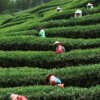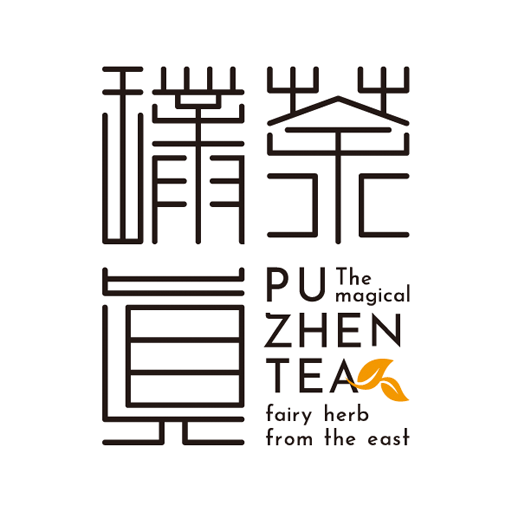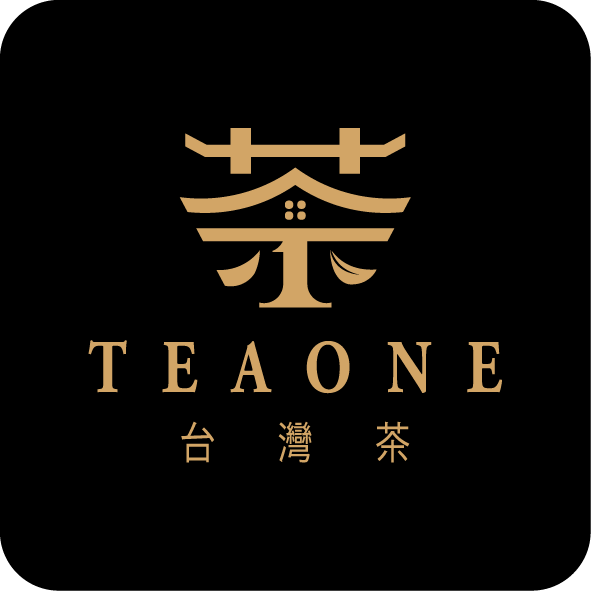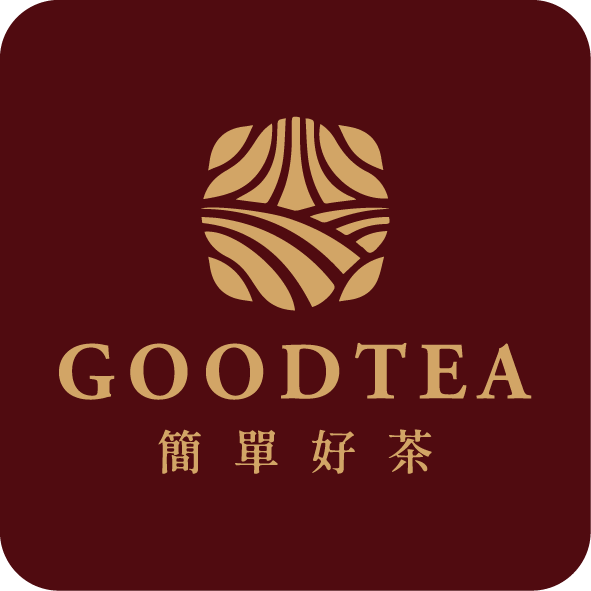The solid tea flavor from Sun Moon Lake Taiwan Tea No. 8 Assam Black Tea and Taiwan Tea No. 18 Ruby Black Tea
The development of Taiwan tea leaves has spanned nearly two hundred years, through the Qing Dynasty, the Japanese colonial period, to the present day. Over such a long period, it`s hard to imagine that “black tea,” now widely popular, was once briefly absent from Taiwan`s tea offerings.
To appreciate black tea, let`s first understand its history and current state in Taiwan. Let`s start by learning which types of tea plants are used to make black tea, as this has had a profound impact on the development of black tea. Extended reading – From Tree to Forest: Varieties of Taiwan Tea Trees
During the Dutch period, Taiwan had native mountain tea; during the Qing Dynasty, small-leaf tea species were introduced from Fujian; and during the Japanese colonial period, large-leaf tea species from India were introduced. Extended reading – The Flavor of Taiwan`s Original Forest Canopy | Kaohsiung Liugui Mountain Tea
Taiwan`s journey to black tea began in the Japanese colonial period, initially producing black tea from small-leaf Oolong tea varieties, successfully exporting to Russia for about ten years. Later, the market expanded to Europe; however, Europe at that time favored the rich flavor and strong taste of large-leaf English black tea, causing Taiwan`s black tea exports to Europe to come to an abrupt halt. This exit from the export market lasted for 20 years, during which Taiwan had not yet cultivated large-leaf tea plants.
Crisis turns into opportunity – Taiwan black tea finally re-enters the international stage
During the Japanese colonial period, large-leaf tea plant seeds from India were introduced, partly to experiment with breeding new varieties from these large-leaf plants and Taiwan`s native mountain tea. Meanwhile, due to an oversupply, the price of black tea internationally plummeted. Taiwan, luckily not a part of the “International Tea Leaf Production Limitation Agreement,” saw Japanese businessmen take advantage of the situation by exporting improved quality, strong-flavored large-leaf black tea. The export volume of black tea eventually surpassed that of Oolong and Pouchong teas.
In the 1970s, as Taiwan`s economy took off, it marked another 20 years of decline for Taiwan`s black tea industry. Post-war economic recovery led to soaring wages and production costs, while the international market was flooded with cheap black tea from India and Southeast Asia. Externally, Taiwan`s tea prices lost their competitiveness, and domestically, the tea industry was dominated by “Northern Baozhong and Southern Dong Ding.” Extended reading – How are Taiwanese tea varieties classified? Listen to the stories of old brand tea companies about Taiwanese tea.
Taiwanese black tea experienced another period of silence from the 1970s to the 1990s. It wasn`t until the 1990s, with the rise of bubble tea shops, that black tea made its way back to the market. The 1999 921 earthquake devastated Nantou, coinciding with the official release of a new tea variety developed over many years by the Tea Research and Extension Station – Taiwan Tea No. 18, also known as Ruby Black Tea. This rekindled interest in Sun Moon Lake as the origin of black tea and aimed to revitalize the industry with new products. The deputy director of the Tea Research and Extension Station at the time, Chiou Chwei-feng, and the general manager of Yushan Tea Visit, Yeh Shu-pen, jointly promoted brewing black tea with purple clay teapots.
Sun Moon Lake in Nantou is the birthplace of Taiwanese black tea. Claiming Sun Moon Lake as the homeland of black tea is well-founded. Tracing back to the late Japanese colonial period, agricultural technician Shinjiro Arai, known as the father of Taiwanese black tea, introduced large-leaf Assam tea plants from India and selected native Taiwanese wild mountain teas for breeding. He successfully launched Sun Moon Lake Assam black tea, making it one of Taiwan`s main tea exports and establishing Sun Moon Lake`s black tea`s status in the development of Taiwanese tea.
Revitalizing Nantou`s tea industry post-disaster – Taiwan Tea No. 8 Assam Black Tea and Taiwan Tea No. 18 Ruby Black Tea:
Sun Moon Lake Assam Black Tea, also known as Taiwan Tea No. 8, was the first to be made from large-leaf tea trees and was extremely popular during the Japanese colonial period. The tea is clear and bright red, with a distinct longan aroma, rich and solid flavor, full-bodied without bitterness, and when combined with fresh milk and pearls, it offers a taste and aroma that is both rich and smooth. Extended reading – A century of Taiwanese tea bubble milk tea experience class.
Sun Moon Lake Ruby Black Tea, also known as Taiwan Tea No. 18, was developed after years of effort by the Tea Research and Extension Station`s Yuchi branch, breeding a new variety from Taiwanese wild mountain tea and Burmese large-leaf tea species. It has successfully sparked a trend in black tea, with a clear and bright red brew, a natural taste of cinnamon and mint, and a solid flavor.
The unique flavor of Sun Moon Lake black tea. The preface to “The Way of Tea Towns” mentions that the homeland of black tea is in Yuchi (Sun Moon Lake), and Taiwanese black tea has experienced a century of ups and downs, witnessing every phase of Taiwan`s history. Drinking black tea in Sun Moon Lake and remembering these stories make the visit particularly meaningful and thought-provoking.









Leave a reply